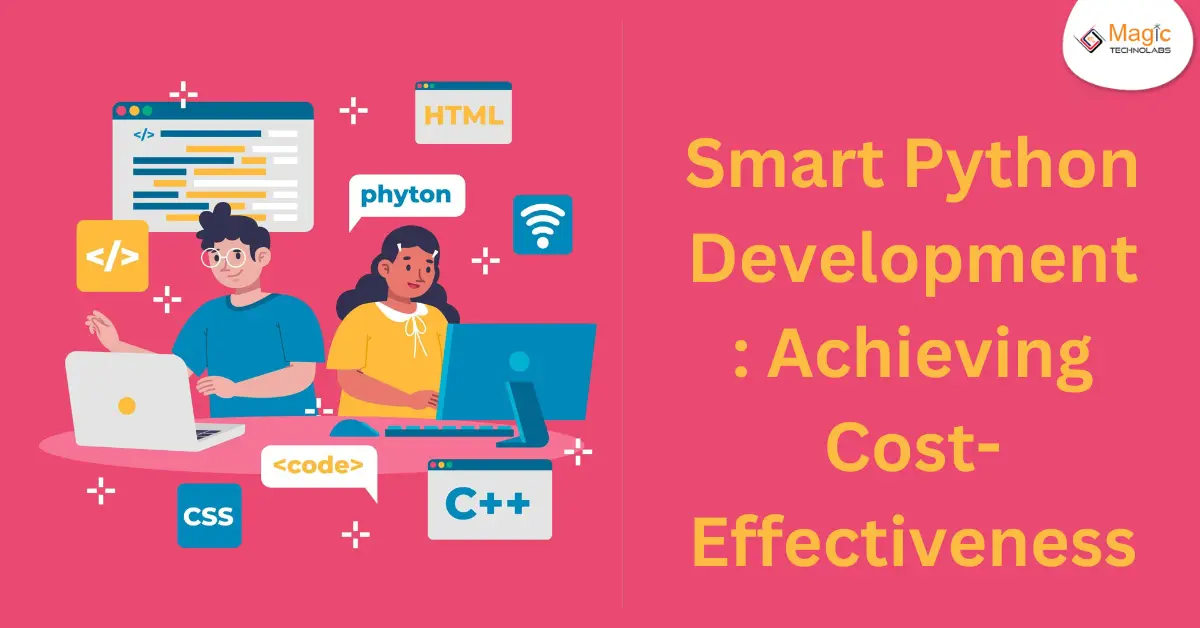Python's popularity for application development soars thanks to its readability, versatility, and vast ecosystem of libraries. But how do you ensure your Python project stays within budget? Here's how to achieve cost-effective development with everyone's favorite programming language.
Planning is Key:
The groundwork starts before a single line of code is written. Clearly define project goals, features, and target audience. This roadmap helps avoid scope creep, a major cost driver. Consider open-source libraries that offer pre-built functionalities, saving you development time and resources.
Leverage Frameworks:
Python boasts a rich ecosystem of frameworks like Django (web development) or Flask (microframeworks). These frameworks offer pre-built components and streamline development processes, reducing coding time and maintenance costs in the long run.
Prioritize Code Reusability:
Write clean, modular code with reusability in mind. This allows you to reuse code components across different parts of your application, saving development time and reducing the possibility of bugs.
Focus on Automation:
Embrace automation tools! Utilize unit testing frameworks to catch errors early, saving debugging time later. Consider continuous integration/continuous delivery (CI/CD) pipelines to automate build and deployment processes, minimizing manual intervention and potential errors.
Choose the Right Talent:
Hiring skilled Python developers is crucial. While experience comes at a premium, consider recent graduates or junior developers with strong potential. Pairing them with senior developers for mentorship can be a cost-effective solution.
Open Source Advantage:
Don't underestimate the power of open-source libraries and frameworks. Utilizing these readily available resources can significantly reduce development costs compared to building everything from scratch.
Beyond Development:
Cost-effectiveness extends beyond coding. Consider cloud-based deployment options like AWS or Google Cloud Platform. Their pay-as-you-go models offer scalability and eliminate the need for upfront infrastructure costs.
The Cost-Effective Advantage:
By implementing these smart strategies, you can achieve significant cost savings in your Python development projects. This allows you to build powerful, efficient applications without breaking the bank. Remember, cost-effective development doesn't mean sacrificing quality! By focusing on planning, automation, and leveraging open-source resources, you can deliver exceptional results while keeping your project within budget.
















